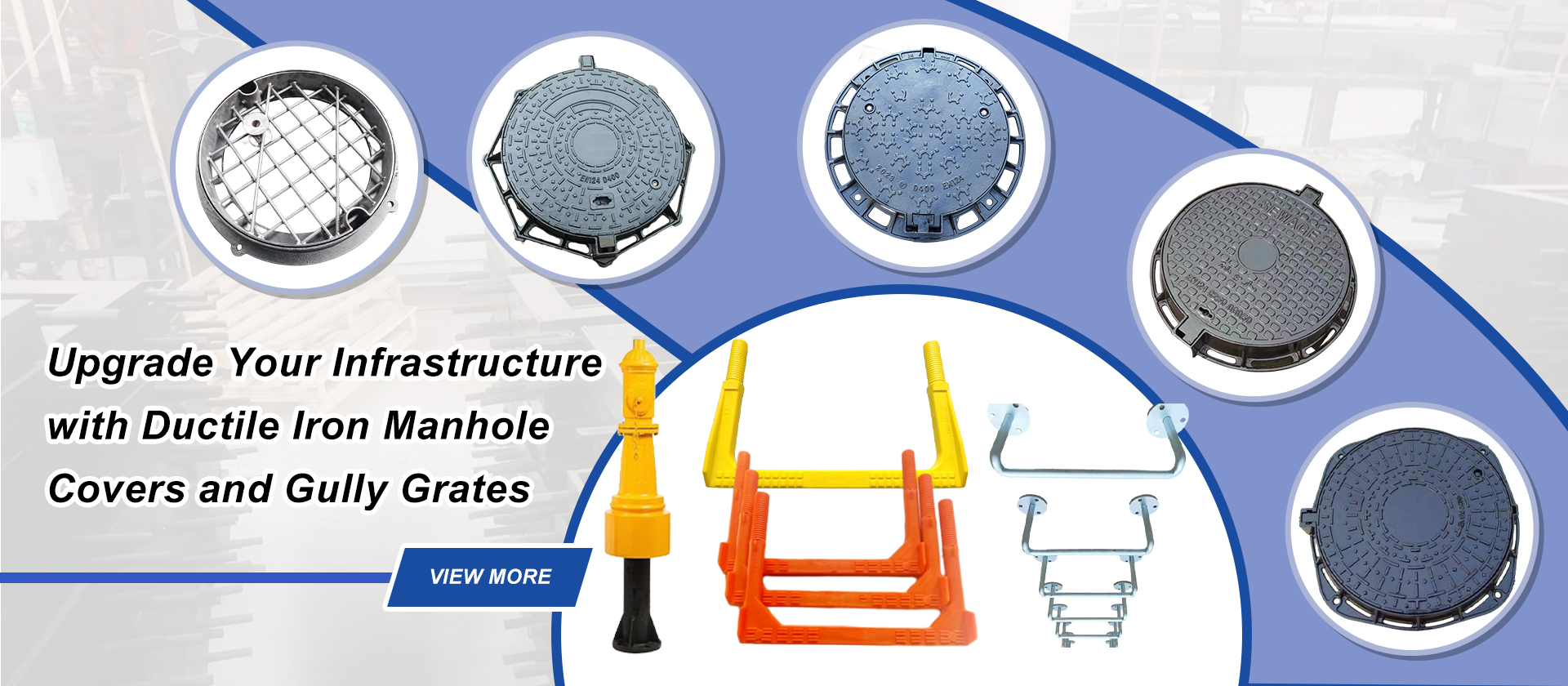butterfly valve with pneumatic actuator price
The Pricing of Butterfly Valves with Pneumatic Actuators An In-Depth Exploration
When it comes to regulating the flow of liquids and gases in various industrial applications, the butterfly valve has emerged as a highly efficient solution. Particularly when paired with a pneumatic actuator, these valves offer superior performance and ease of operation. However, one of the key considerations in selecting a butterfly valve with a pneumatic actuator is its price. This article aims to explore the various factors influencing the cost of these systems, the average pricing in the market, and why they are worth the investment.
Understanding Butterfly Valves and Pneumatic Actuators
A butterfly valve is a type of quarter-turn valve that uses a rotating disc to control the flow of fluid. Its design allows for quick operation and less pressure drop compared to other valve types. When integrated with a pneumatic actuator, which utilizes compressed air to operate the valve, the system gains the ability to automate control, making it ideal for applications that require precision and speed.
Factors Influencing Price
Several key factors influence the price of butterfly valves with pneumatic actuators
1. Materials The materials used in both the valve body and the actuator significantly impact pricing. Common materials include stainless steel, PVC, and carbon steel. Stainless steel valves are typically more expensive due to their corrosion resistance and durability.
2. Size and Specifications The size of the valve plays a crucial role in determining the cost. Larger valves require more material and engineering, which raises the price. Additionally, specific pressure ratings and temperature ranges can also influence the cost.
3. Type of Actuator There are various types of pneumatic actuators, including single-acting and double-acting actuators. The complexity and functionality of the actuator—such as features like positioners or fail-safe options—will affect the overall price.
butterfly valve with pneumatic actuator price

4. Brand and Quality Renowned brands with a history of reliability and performance may charge a premium for their products. While it can be tempting to choose cheaper options, investing in high-quality components can result in lower maintenance costs and prolonged service life.
5. Customizations Many manufacturers offer customization options, such as special coatings, extended temperature ranges, or particular sizes. Customized products typically cost more due to the additional engineering and manufacturing processes involved.
Average Pricing in the Market
On average, the cost of a butterfly valve with a pneumatic actuator can range significantly, typically from $200 to over $1,000. Smaller, more basic models generally fall on the lower end of the spectrum, while larger and more advanced models can exceed this range. For example, a 2-inch PVC butterfly valve with a simple pneumatic actuator might cost around $200, whereas a 10-inch stainless steel valve with a high-performance actuator could easily reach $1,500 or more.
The Value of Investing in Quality
While the initial purchase price of butterfly valves with pneumatic actuators may seem significant, it is important to consider the long-term value they provide. High-quality valves offer enhanced reliability, which reduces downtime and maintenance costs. Furthermore, their efficient design leads to lower energy consumption, significant savings for large-scale operations.
Additionally, the automation capabilities of pneumatic actuators streamline operations, improve safety, and enhance the precision of flow control. These factors can lead to a swift return on investment, particularly in industries such as water treatment, oil and gas, and manufacturing, where efficient fluid control is vital.
Conclusion
In conclusion, when considering the price of a butterfly valve with a pneumatic actuator, it is essential to weigh the various factors that influence cost. By investing in high-quality components tailored to specific operational needs, companies can achieve not only better performance but also long-term savings. As industries continue to evolve and push the boundaries of automation, the demand for reliable valve solutions will undoubtedly grow, making it a crucial investment for any operation that relies on effective fluid control systems.
-
The Smarter Choice for Pedestrian AreasNewsJun.30,2025
-
The Gold Standard in Round Drain CoversNewsJun.30,2025
-
The Gold Standard in Manhole Cover SystemsNewsJun.30,2025
-
Superior Drainage Solutions with Premium Gully GratesNewsJun.30,2025
-
Superior Drainage Solutions for Global InfrastructureNewsJun.30,2025
-
Square Manhole Solutions for Modern InfrastructureNewsJun.30,2025
-
Premium Manhole Covers for Modern InfrastructureNewsJun.30,2025
